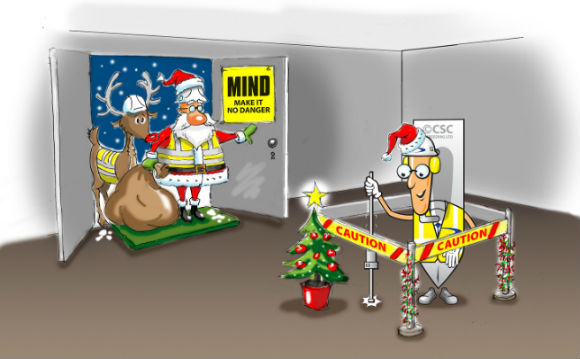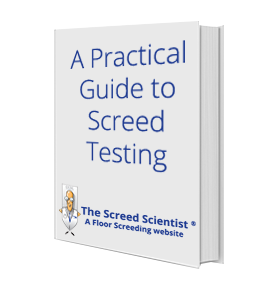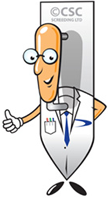MIND = Make It No Danger

It is that wonderful time of the year again. Playful snowflakes, the smell of pine from the Christmas tree, the festive spice of cinnamon, the suave flavour of oranges, stockings hung by the chimney…Yes, the Christmas break is approaching quickly and everyone is excited, including Santa, his reindeers and – as surprising as it may seem – I, The Screed Scientist.
Looking back at 2015, I can say that it has been an excellent year for the screeding industry, with many ambitious refurbishment projects and amazing structures taking shape. But this year I’ve also become aware of a very important aspect: with the construction industry expanding in the UK and companies getting busier than ever before, workers have ended up working at a faster pace and potentially paying less attention to safety.
If we add the influx of foreign workers to the picture, almost anyone could predict the dangers. Besides language barriers and differences between the UK’s competency assessment methods and those of other countries, many foreign workers come from countries that lack a mature health and safety culture and have yet to align their national health and safety regulations to the EU directives.
As an expert in screeding, I take health and safety very seriously. That’s why I would like to advise the people working in the construction field, whatever their role, to comply with the health and safety codes of practice that apply to this sector. Though laying floor screed may not seem dangerous, there are many hidden dangers lurking around construction sites, from the machines and tools we use to occupational diseases like hearing loss, respiratory conditions and musculoskeletal disorders (e.g. hand-arm vibration syndrome, vibration white finger, etc.).
In the UK, most contractors understand the importance of having health and safety systems in place. However, some people think that health and safety codes of practice have become an albatross around the neck of entrepreneurs. This is like a red rag to a bull for us, and we’ll do everything in our power to continue to drive a culture where health and safety are an integral part of every business decision we make. Here are two examples as to why health and safety measures should be implemented:
- When working with cement-sand screeds, wearing protective clothing, including gloves, is a must. Since wet cement is corrosive, it can burn the skin and eyes. Cement powder contains silica, which can damage lungs if inhaled. Also, using waterproof knee pads can help prevent wet screed from being absorbed by workers’ trousers. When this happens, the bleed water held against the skin can cause severe caustic burns. Workers may not even realise that the burns are occurring until it’s way too late.
- Though most screeding companies keep their equipment in good condition, some workers may ignore safety rules so that they can continue working. If a worker, for instance, removes the safety grill and the interlock (the device that locks the dangerous parts when the grill is removed) from the screed pump to work without obstruction, (in this case the pump will mix the screed as the worker continues to load the pump), he may potentially catch his hands in the rotating blades with horrendous injuries to follow.
Since work-related injuries and deaths are unacceptable, regardless of the industry, my goal for 2016 is to focus more on prevention and preparedness. Additionally, I promise to keep everyone involved and informed about every single aspect relating to the screed industry.
Together with my friends, The Underfloor Heating Man, The Screed Doctor and The Screed Apprentice, I’m raising a virtual toast to the health and well-being of you, our beloved customers, readers, subscribers, suppliers, colleagues and passer-byers.
Happy Holidays!

WHY SCREED TESTING CAN SAVE YOUR PROJECT TIME AND MONEY?
Download your free Practical Guide to Screed Testing here.






